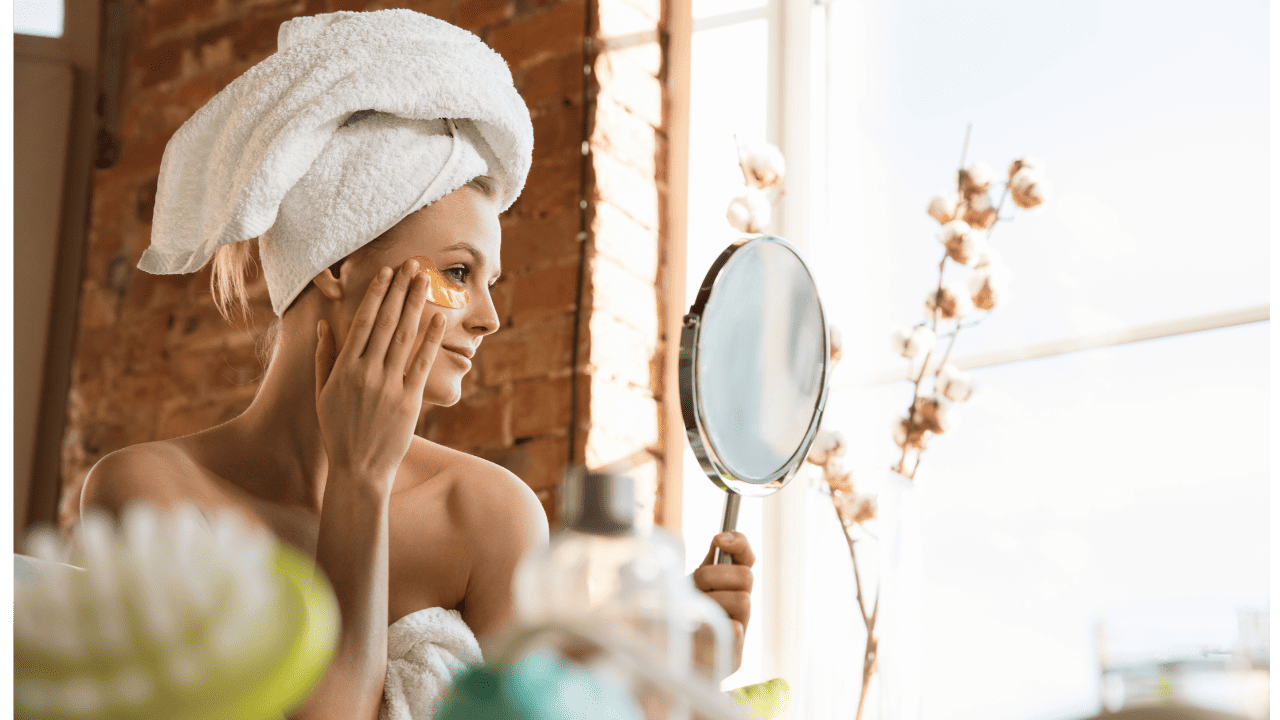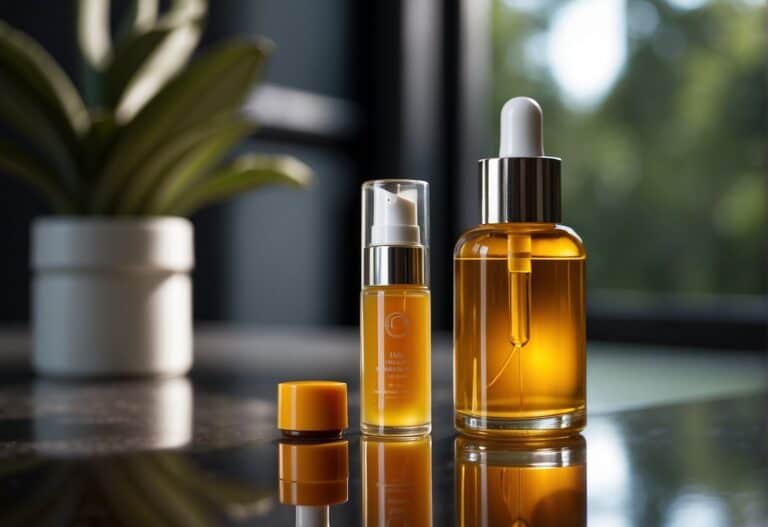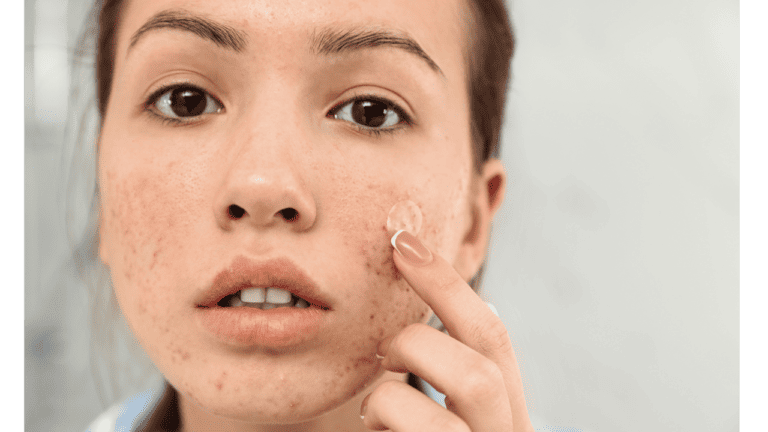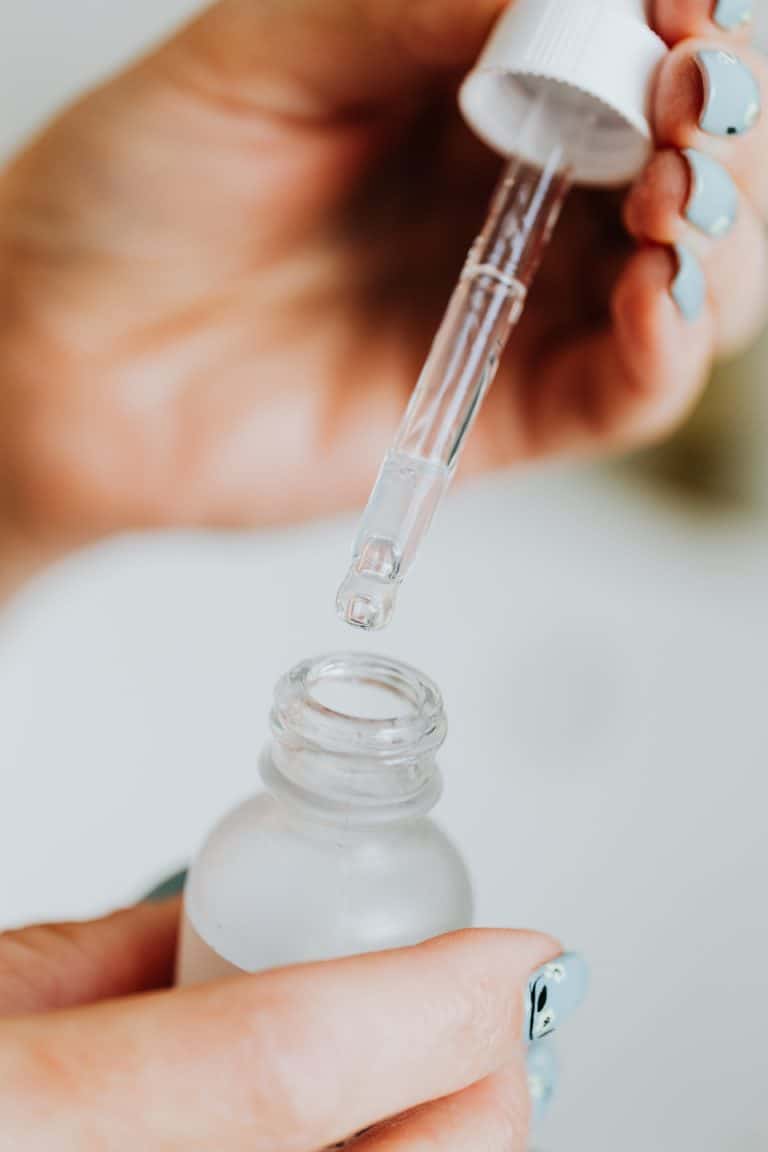A proper skincare routine is essential for maintaining healthy and glowing skin. However, with so many products available, it can be challenging to know what order to apply them in. The order in which you apply your skincare products can make a significant difference in their effectiveness.

Understanding your skin type and concerns is the first step in creating a skincare routine that works for you. Different skin types require different products, and using the wrong products can cause more harm than good. Once you have a clear understanding of your skin type and concerns, you can choose products that are specifically formulated to address your needs.
The step-by-step skincare routine order is crucial for achieving the best results. While the order may vary slightly depending on the products you use, there is a general order that you should follow. By following this order, you can ensure that each product is absorbed correctly and that you get the most out of each one.
Key Takeaways
- Understanding your skin type and concerns is crucial for creating a skincare routine that works for you.
- The order in which you apply your skincare products can make a significant difference in their effectiveness.
- Following a step-by-step skincare routine order can ensure that each product is absorbed correctly and that you get the most out of each one.
Understanding Your Skin Type and Concerns

To achieve an effective skincare routine, it is essential to understand your skin type and specific concerns. This knowledge will help you choose the right products and develop a routine that caters to your unique skin needs.
Identifying Skin Types
There are five main skin types: dry, oily, combination, sensitive, and normal. Identifying your skin type is crucial in determining the right products and routine for your skin.
- Dry skin: If your skin feels tight, rough, and flaky, you may have dry skin. This skin type lacks moisture and often appears dull and dehydrated.
- Oily skin: Oily skin is characterized by excess sebum production, which makes the skin appear shiny and greasy. This skin type is prone to acne and other skin blemishes.
- Combination skin: Combination skin is a mix of both dry and oily skin. Typically, the T-zone (forehead, nose, and chin) is oily, while the cheeks are dry.
- Sensitive skin: Sensitive skin is easily irritated and prone to redness, itching, and inflammation. This skin type requires gentle and non-irritating products.
- Normal skin: Normal skin is well-balanced and not too oily or dry. It is generally smooth, clear, and healthy-looking.
Addressing Specific Skin Concerns
In addition to skin type, specific skin concerns should also be addressed when developing a skincare routine. Some common skin concerns include aging, acne, wrinkles, fine lines, dark circles, and enlarged pores.
- Aging: Signs of aging, such as fine lines and wrinkles, can be addressed by using products that contain anti-aging ingredients such as retinol, Vitamin C, and hyaluronic acid.
- Acne: Acne-prone skin requires products that are non-comedogenic and formulated to unclog pores and reduce inflammation.
- Dark circles: Dark circles can be caused by genetics, lack of sleep, or aging. Eye creams containing caffeine or Vitamin K can help reduce the appearance of dark circles.
- Enlarged pores: Pores can be minimized by using products that contain salicylic acid, glycolic acid, or retinoids.
In conclusion, understanding your skin type and specific concerns is crucial in developing an effective skincare routine. By identifying your skin type and addressing your skin concerns, you can choose the right products and develop a routine that caters to your unique skin needs.
Step-by-Step Skincare Routine Order

Establishing a skincare routine is essential to maintain healthy and glowing skin. However, it is equally important to follow the correct order of applying skincare products to maximize their benefits. Here are the steps to follow for a proper skincare routine order.
Cleansing and Prepping the Skin
Cleansing is the first and most crucial step in any skincare routine. It removes impurities, excess oil, and dead skin cells, preparing the skin for further treatment. Start with a water-based cleanser to remove dirt and oil, followed by an oil-based cleanser to remove makeup and impurities. Cleansing balms and oils are also great options for removing makeup and impurities. After cleansing, use a toner to balance the skin’s pH level and prepare it for the next steps.
Applying Treatment and Targeted Serums
After cleansing and toning, it’s time to apply treatment and targeted serums. These products contain active ingredients that penetrate the skin to address specific concerns such as aging, acne, or dark circles. Apply a vitamin C serum in the morning to protect the skin from environmental damage. At night, use a retinol or retinoid to reduce the signs of aging. Spot treatments with benzoyl peroxide or salicylic acid can help to reduce breakouts.
Moisturizing and Sealing in Hydration
Hydration is essential to maintain healthy and glowing skin. After applying serums, use a moisturizer to lock in the hydration. Choose a moisturizer that suits your skin type and contains ingredients such as hyaluronic acid or ceramides to hydrate the skin. Eye cream is also essential to hydrate the delicate eye area and reduce the appearance of fine lines and dark circles.
Applying Sun Protection
Sun protection is crucial to prevent skin cancer and premature aging. Apply sunscreen with at least SPF 30 as the last step in your skincare routine in the morning. Reapply every two hours if you are outdoors for an extended period.
In conclusion, following the correct order of applying skincare products is essential to maximize their benefits. The rule of thumb is to apply products from thinnest to thickest consistency. By following the steps mentioned above, you can establish a skincare routine that works for you and achieve healthy and glowing skin.
Additional Skincare Enhancements and Tips

When it comes to skincare, there are always additional steps you can take to enhance your routine and address specific skin concerns. In this section, we’ll explore some tips and tricks to take your skincare routine to the next level.
Incorporating Masks and Specialty Treatments
Masks and specialty treatments can be a great way to give your skin a boost of hydration, target specific skin concerns, and improve the overall texture of your skin. Sheet masks are a popular option, as they are easy to use and come in a variety of formulations to address different skin concerns. Clay masks are another option, as they can help to draw out impurities and excess oil from the skin.
When incorporating masks and specialty treatments into your routine, it’s important to consider how often you use them. Overuse can lead to irritation and dryness, so it’s best to follow the instructions on the product and use them as directed. Additionally, it’s important to consider how they fit into your overall routine. For example, you may want to use a hydrating sheet mask after using a clay mask to replenish moisture in the skin.
Understanding the Role of Eye Creams
The delicate skin around the eyes requires special attention, which is why many people choose to incorporate an eye cream into their routine. Eye creams can help to address specific concerns such as dark circles, puffiness, and fine lines. Look for formulations that contain antioxidants, caffeine, and peptides, as these ingredients can help to brighten and firm the under-eye area.
When applying eye cream, it’s important to be gentle and use your ring finger to avoid pulling or tugging at the skin. Additionally, it’s important to consider when you use eye cream in your routine. Some people prefer to use it in the morning to address puffiness and dark circles, while others prefer to use it at night to address fine lines and wrinkles.
Adjusting Your Routine for Morning vs. Evening
Your skin has different needs in the morning and evening, which is why it’s important to adjust your routine accordingly. In the morning, focus on cleansing the skin and protecting it from environmental stressors with a hydrating toner and antioxidant-rich serum. You may also want to incorporate a vitamin C serum to brighten the skin and protect it from UV damage.
In the evening, focus on removing makeup and impurities with a double cleanse. Follow up with a treatment such as a spot treatment or hydrating serum to address specific skin concerns. You may also want to incorporate a heavier moisturizer to replenish moisture in the skin overnight.
By adjusting your routine for morning and evening, you can ensure that your skin is getting the care it needs around the clock.
Frequently Asked Questions
What are the essential steps for a morning skincare routine?
A morning skincare routine should include cleansing, toning, and moisturizing. Cleansing helps remove any dirt or oil that has accumulated on the skin overnight, while toning helps to balance the skin’s pH levels and prepare it for the next steps. Moisturizing is important to keep the skin hydrated and protected throughout the day. Additionally, applying a sunscreen with at least SPF 30 is recommended to protect the skin from harmful UV rays.
How can I tailor a night skincare routine for optimal glow?
A night skincare routine should focus on repairing and rejuvenating the skin. The essential steps for a night skincare routine are cleansing, toning, applying a serum, and moisturizing. Cleansing helps remove any makeup or impurities that have accumulated on the skin throughout the day. Toning helps to balance the skin’s pH levels and prepare it for the next steps. Applying a serum can help target specific skin concerns such as fine lines, wrinkles, or dark spots. Finally, moisturizing is important to keep the skin hydrated and protected overnight.
What is the recommended sequence for applying skincare products?
The recommended sequence for applying skincare products is to start with the thinnest consistency and work your way up to the thickest consistency. This means applying products in the following order: cleanser, toner, serum, eye cream, moisturizer, and sunscreen. It is important to allow each product to fully absorb into the skin before applying the next product. Additionally, it is recommended to wait a few minutes after applying sunscreen before applying makeup to allow the sunscreen to fully set and provide optimal protection.






